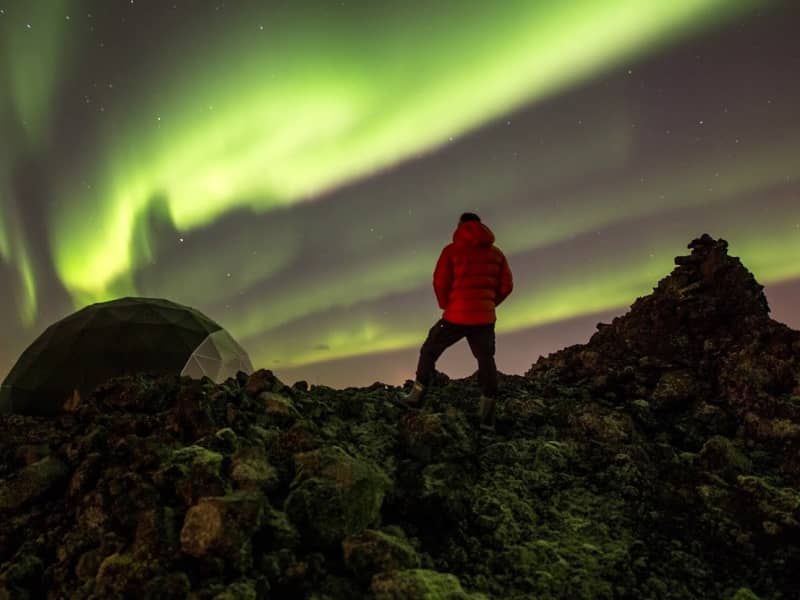
Aurora Basecamp
Aurora Basecamp is a one-of-a-kind facility, offering guests the chance to experience a real-time, indoor simulation of the Northern Lights, in a warm and relaxing environment. From there, our expert guides lead you out into the Icelandic night, and if the conditions are right you’ll get breathtaking views and photos of the real thing!
Located just 20 minutes from Reykjavik, Aurora Basecamp provides a comfortable and inviting setting for the perfect Northern Lights experience.
View
